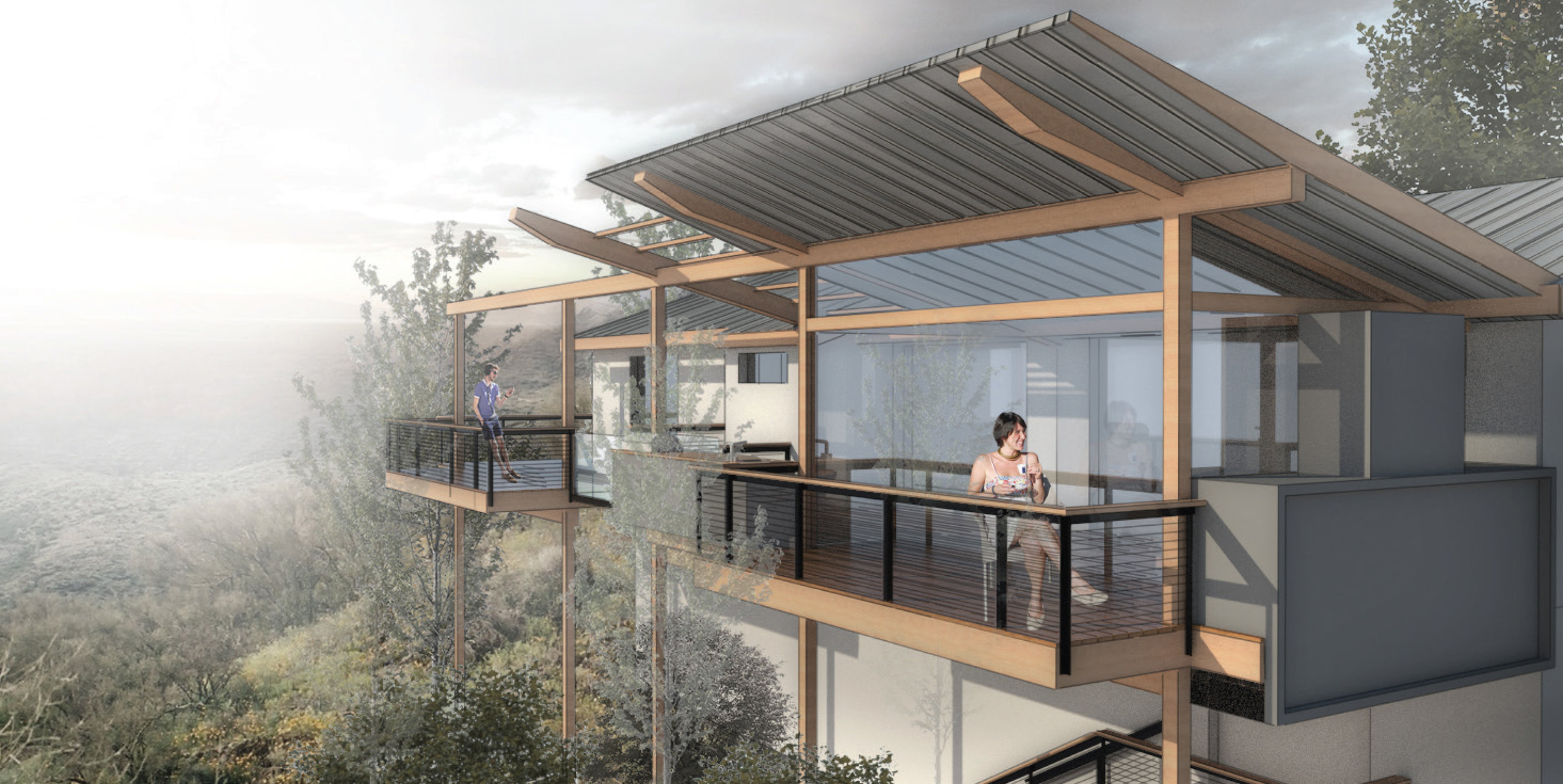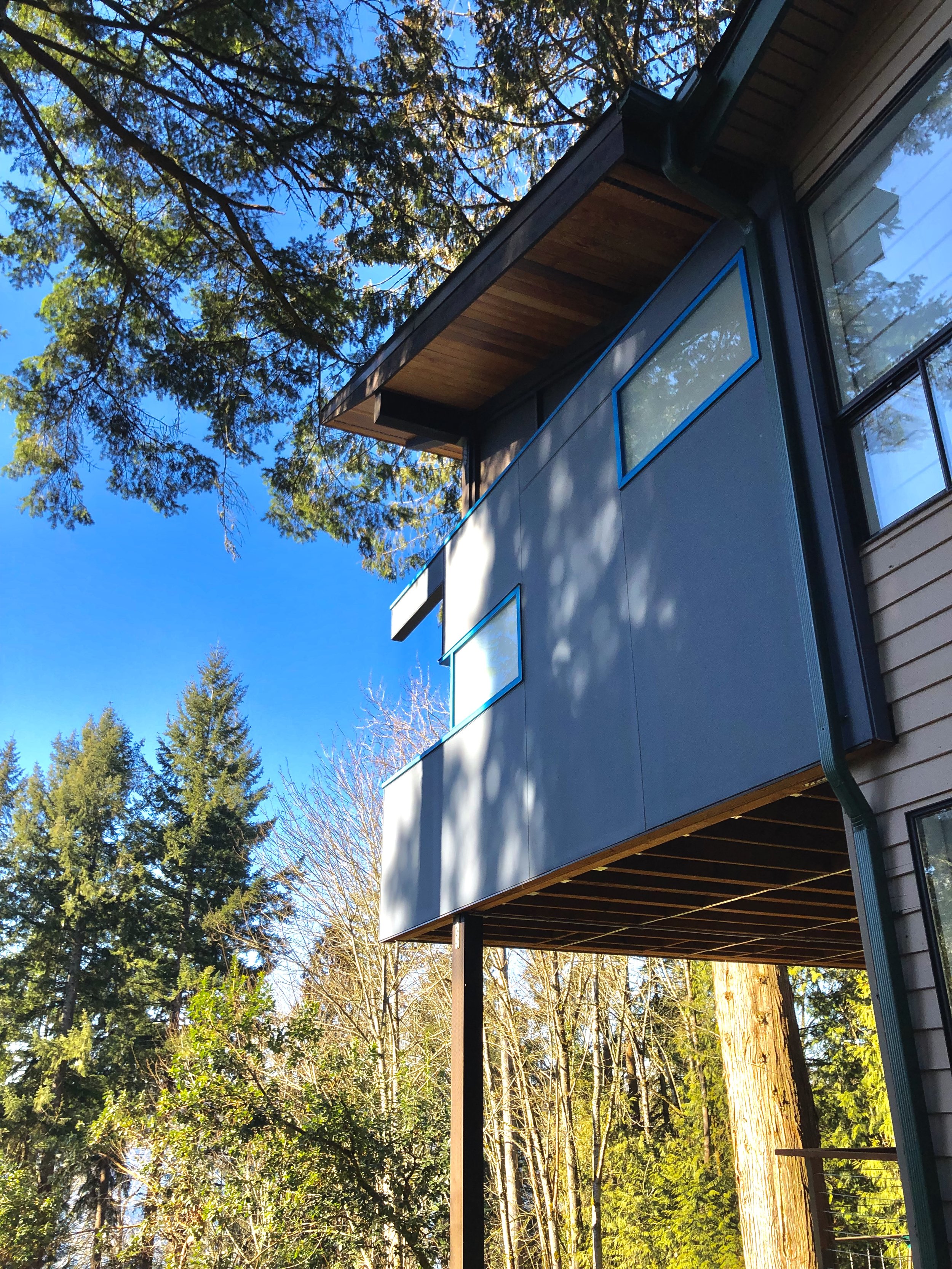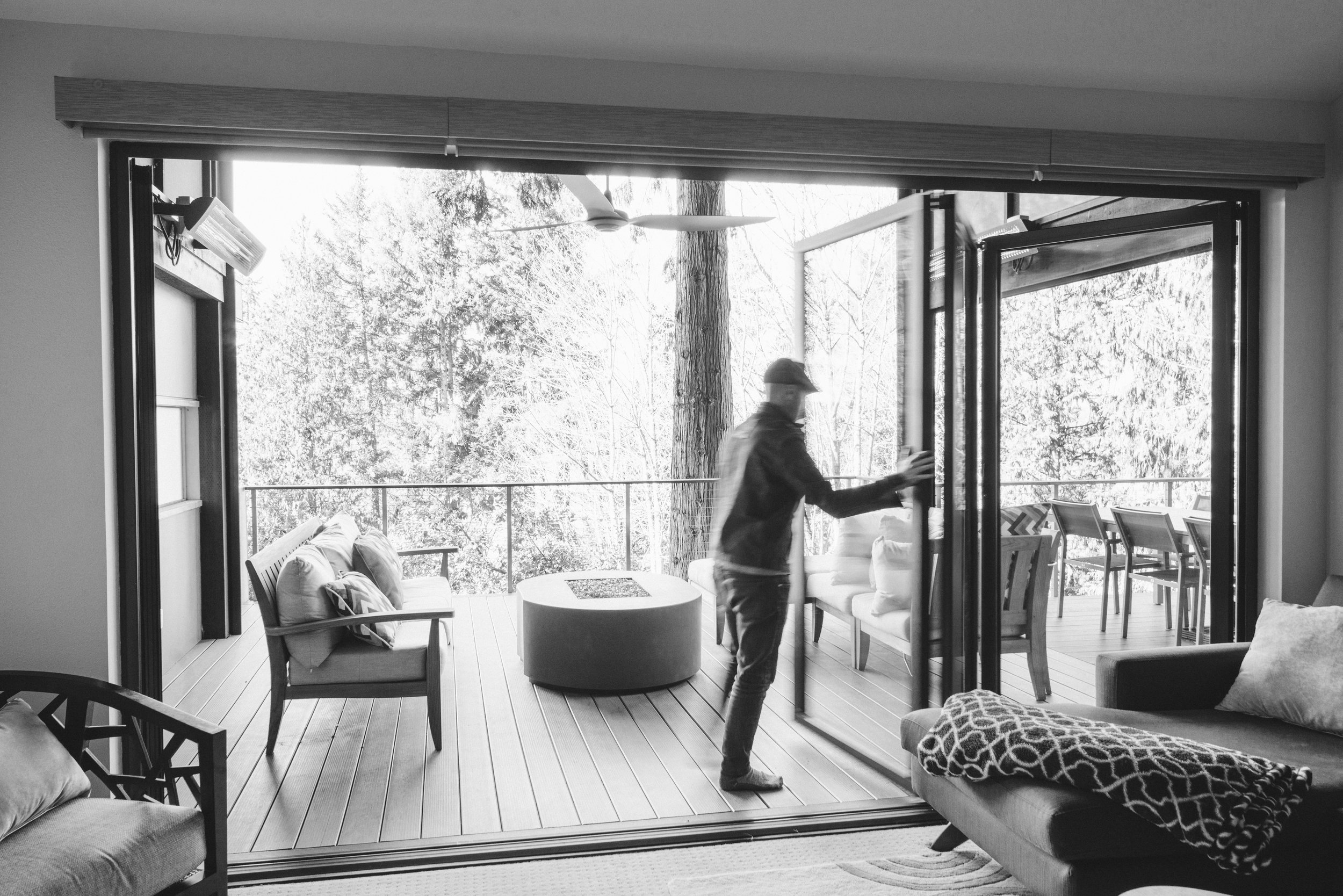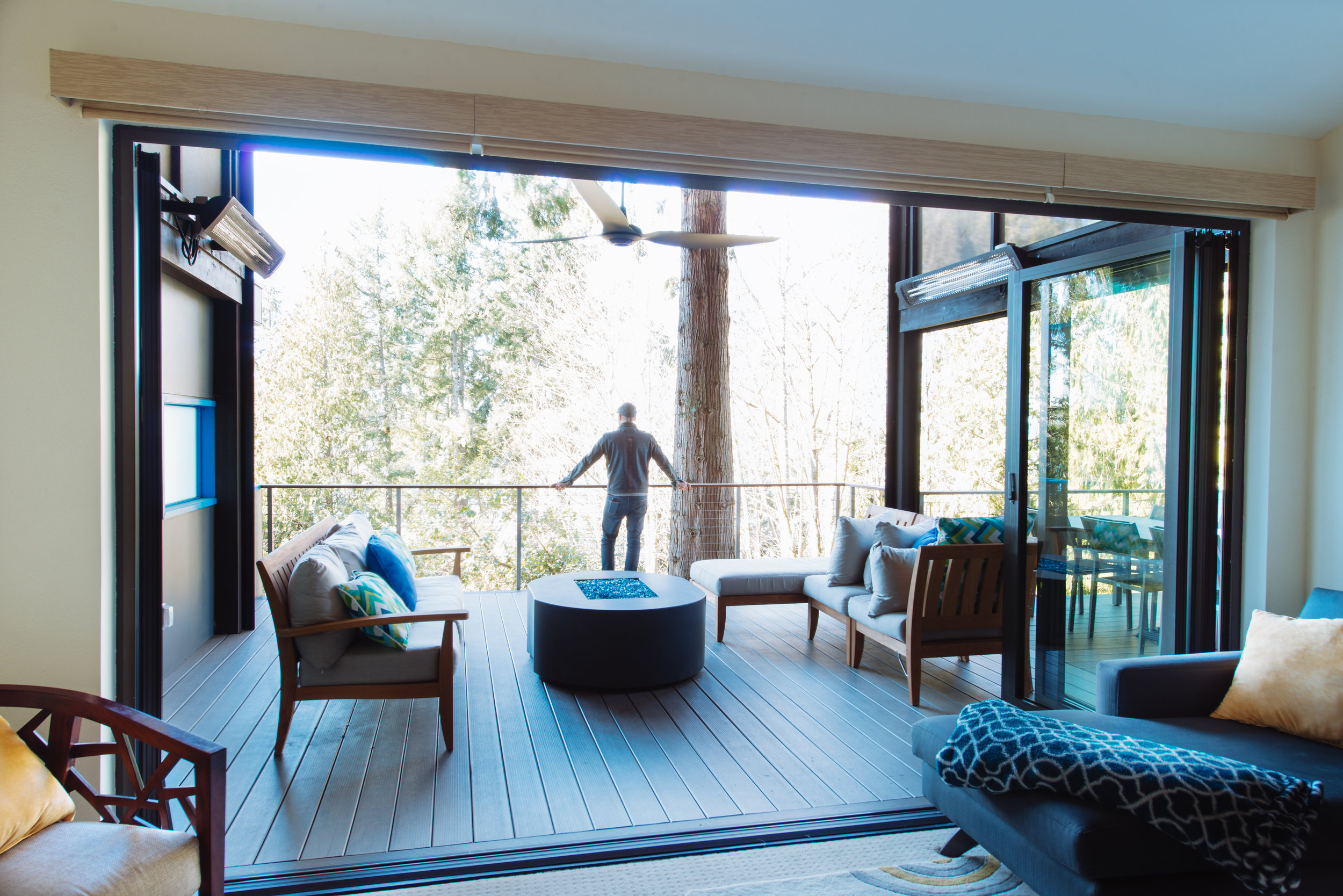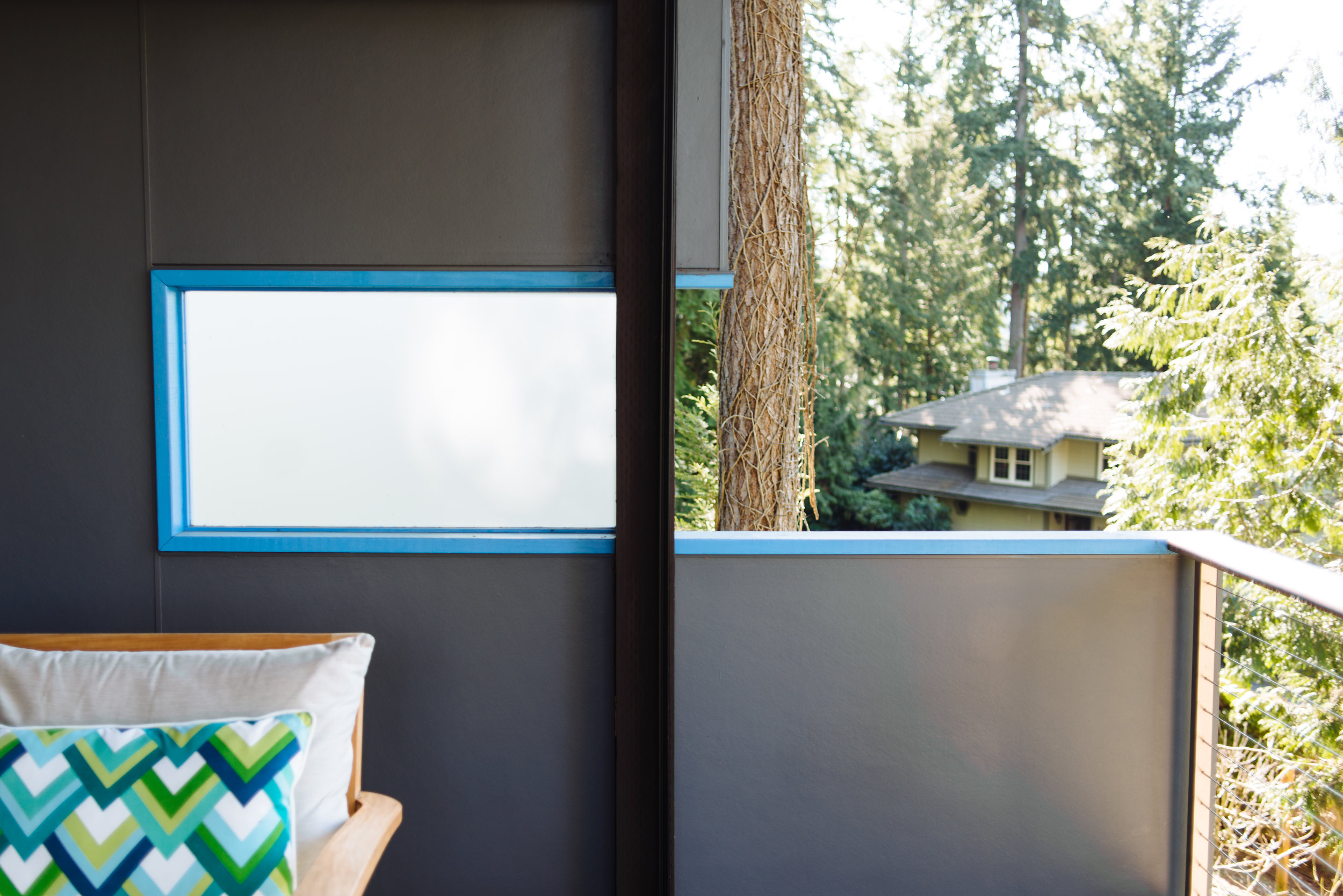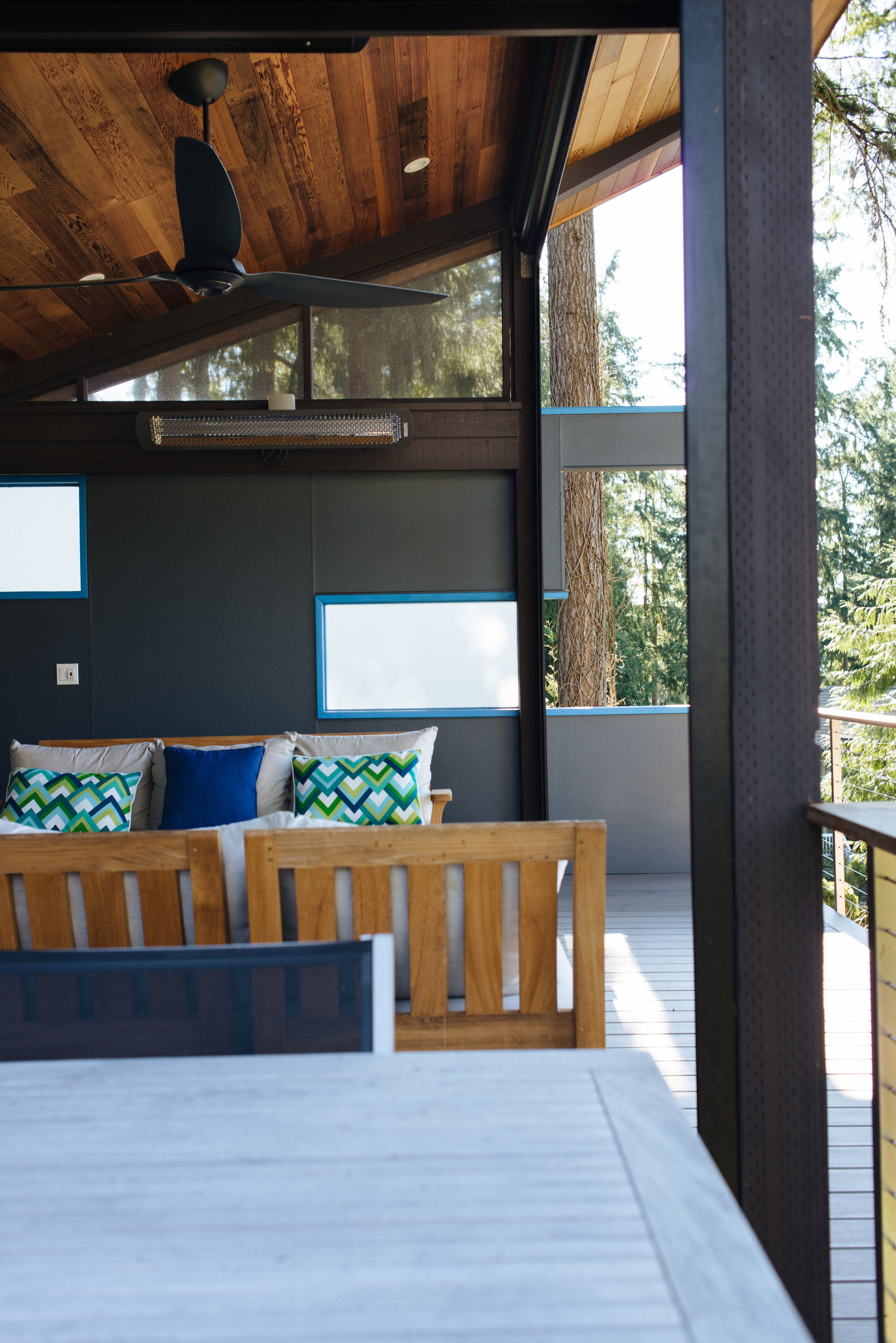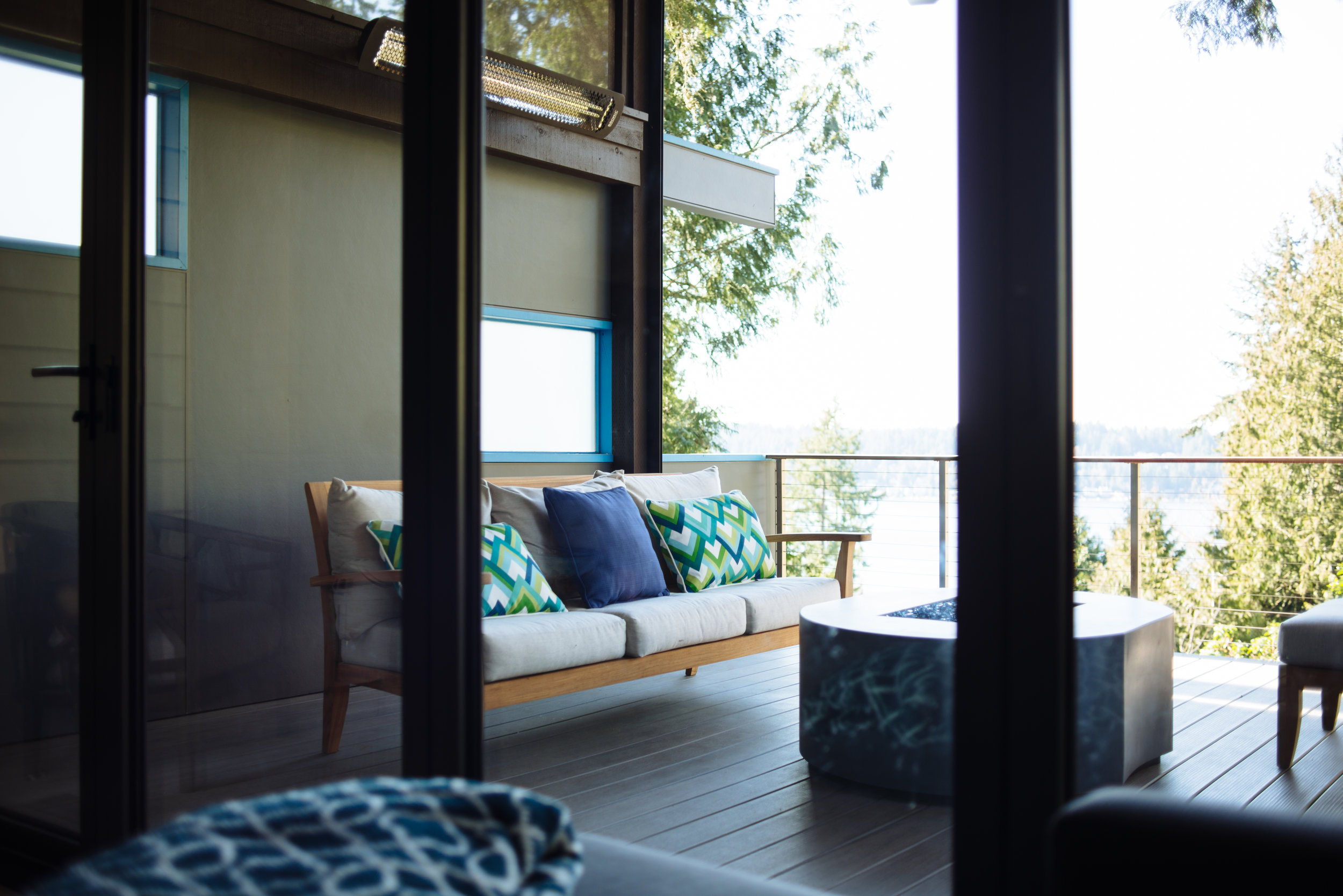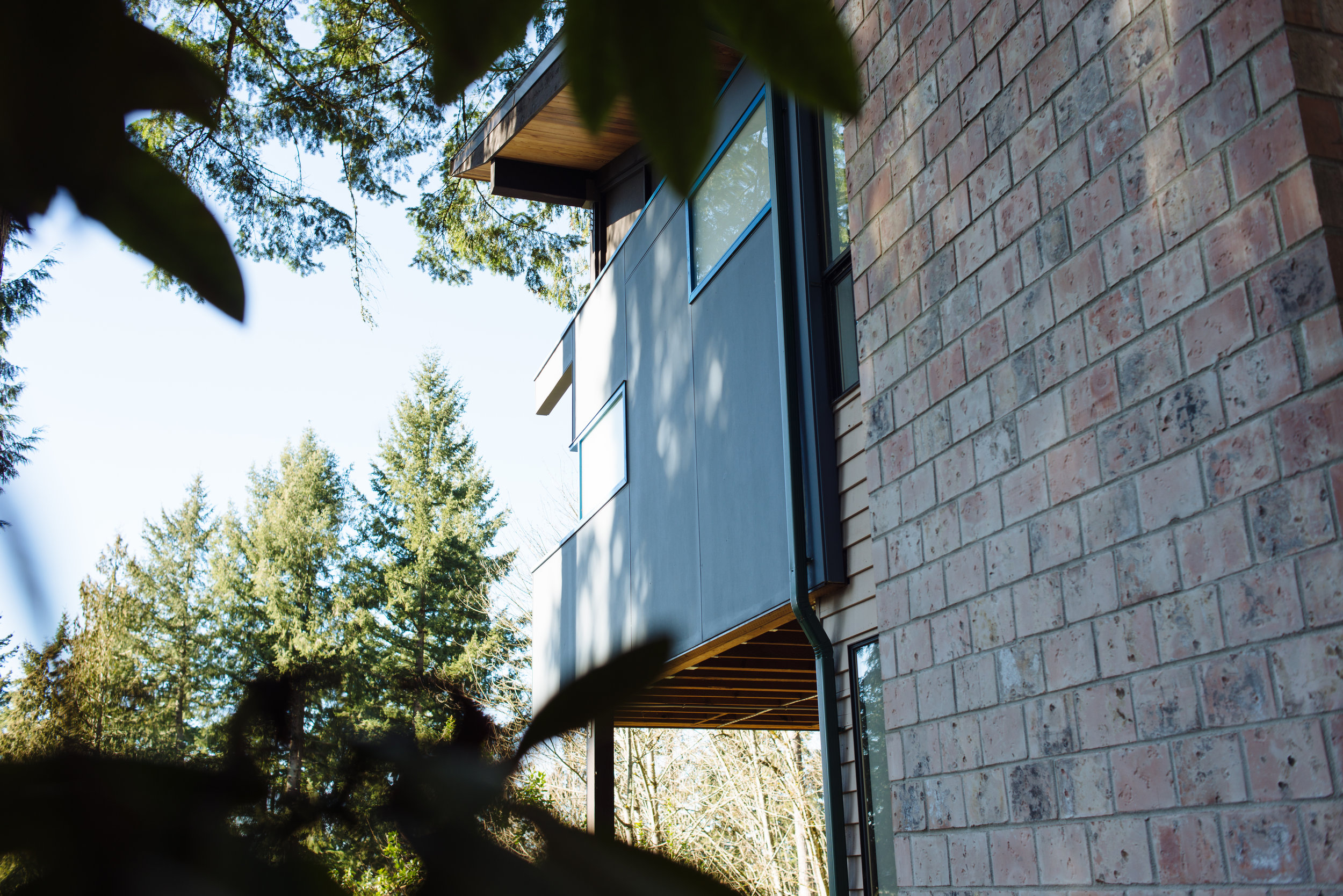Getting a building permit in Seattle is no easy task - especially with their online portal that works less than perfectly (as outlined in a Seattle Times article). Luckily, there’s a process known as a subject to field inspection permit, called an STFI or a “stiffy” in our trade. This is an over-the-counter permit that you can get for small projects with a limited scope of work. It sounds great, but it is not without its own problems.
First of all, the city of Seattle’s online permit portal has proven (in our experience) to be ineffective in getting STFI permits. This means you need to print your drawings, go downtown to the building department, park, wait in line, and submit the plans in person to a plans reviewer who has the task of trying to shut down your attempt of getting a permit that day. You would think with their busy workload that the building plans reviewers would want to try to approve people’s permit applications, so they would not pile up in their endless queue of projects to review. When a stiffy is not accepted for review, it is sent into “full plan review” usually because the city thinks there’s something too complicated about it for them to quickly review “over-the-counter.” This means it goes in a “pile of drawings” that usually takes months to just BEGIN reviewing. Stiffies are good Full plan review is bad (if you care about time).
When you meet with the plan reviewer face to face, you have the opportunity to explain your project in more detail than electronically distributed drawings ever could. The in-person STFI process gives you the opportunity of not getting shut down so quickly like you do when you submit plans on their web portal electronically. Unfortunately, the building department uses strange logic that is commonly contrary to the language in their land use code, and this causes most people to walk out of the building department without their STFI permit in hand (which results in wasted paper, wasted printing fees, and wasted half a day of work).
For example, one of the project types that qualifies for a stiffy is a roof replacement. I have done this many times, but one particular time the building department would not issue the STFI permit because we were proposing to replace a roof on an existing 6 foot high walls, but we proposed to make those substandard walls a few inches higher so they could be a conventional height before putting the new roof on them. There are no rules against this. We even had structural engineering prepared to show how to properly build it, but the building department would not approve it. Instead they wanted us to keep the walls 6 feet high. I asked them to show me which code prohibited them from approving a stiffy in this situation, but they did not have an answer. I walked out of there with a permit that day.
In another example, we attempted to get an STFI permit to build a one story structure with high ceilings. One story structures are allowed to be permitted as an STFI, but the building department would not allow this particular project to be approved as a stiffy because they said the ceilings were too high. I asked what the threshold for ceiling height was since there were none listed in the requirements, and the reviewer responded “10 or 11 feet sounds good.” I asked what this was based on, and they had no response. He just told me that’s what they have done in the past. I told him I didn’t care what they’ve done in the past, and I only care about what the rules are, so I could follow them. I also walked out of there with the permit that day. Most people would have buckled under the pressure of “authority” and left without a permit.
Every time I have applied for an STFI permit, I have been insanely prepared to cite city ordinances by code number to argue with a city employee who is being unreasonably difficult, or lazy, or unknowledgeable about the rules that they enforce. It is simpler for the city employee to just deny an application than it is for them to do their job and process the approval. Unfortunately this just leads to more people applying for the full permit review process instead of the same-day STFI process. This just leads to longer review times and overburdens the system when most of these projects should have just simply been approved as an STFI.
I am constantly fighting on behalf of my clients to try to expedite permit review timelines, and STFI permits are one way that I do this. Sometimes we have to make two attempts on a project: One attempt is to discover what sort of rediculous roadblocks a city employee will come up with, and the other attempt is with a revised set of drawings that addresses these concerns in creative ways. Patience from our clients is appreciated because an STFI permit process is much simpler and quicker than a full plan review process that takes half a year or more. Putting up with the city’s incompetence is unfortunately worth it when comparing these two timelines. In the end, we always get what we intend.
Click here for the city of Seattle’s memo on STFI permits.
If you’d like to learn more about our design process, visit www.josharch.com/process, and if you’d like to get us started on your project with a feasibility report, please visit www.josharch.com/help








